I had hardly been aware of Fujifilm cameras before late 2015; I was a happy user of a Canon 6D Mk I and a 5D Mk II with their associated full-frame lenses. However, the size and weight of this gear meant that I was looking to add a smaller but still capable “take anywhere” camera. It soon became clear that several brands other than Canon needed to be considered.

After much research, I bought the Fuji X-T10 with the 23mm f/1.4 lens. Over the next few months, I was so pleased with the performance of this combination that I eventually sold all my Canon gear to take delivery of the X-T2 at launch in September 2016. By early 2017, I had completed the process by upgrading from the X-T10 to the X-T20 in order to have two cameras with the same larger sensor
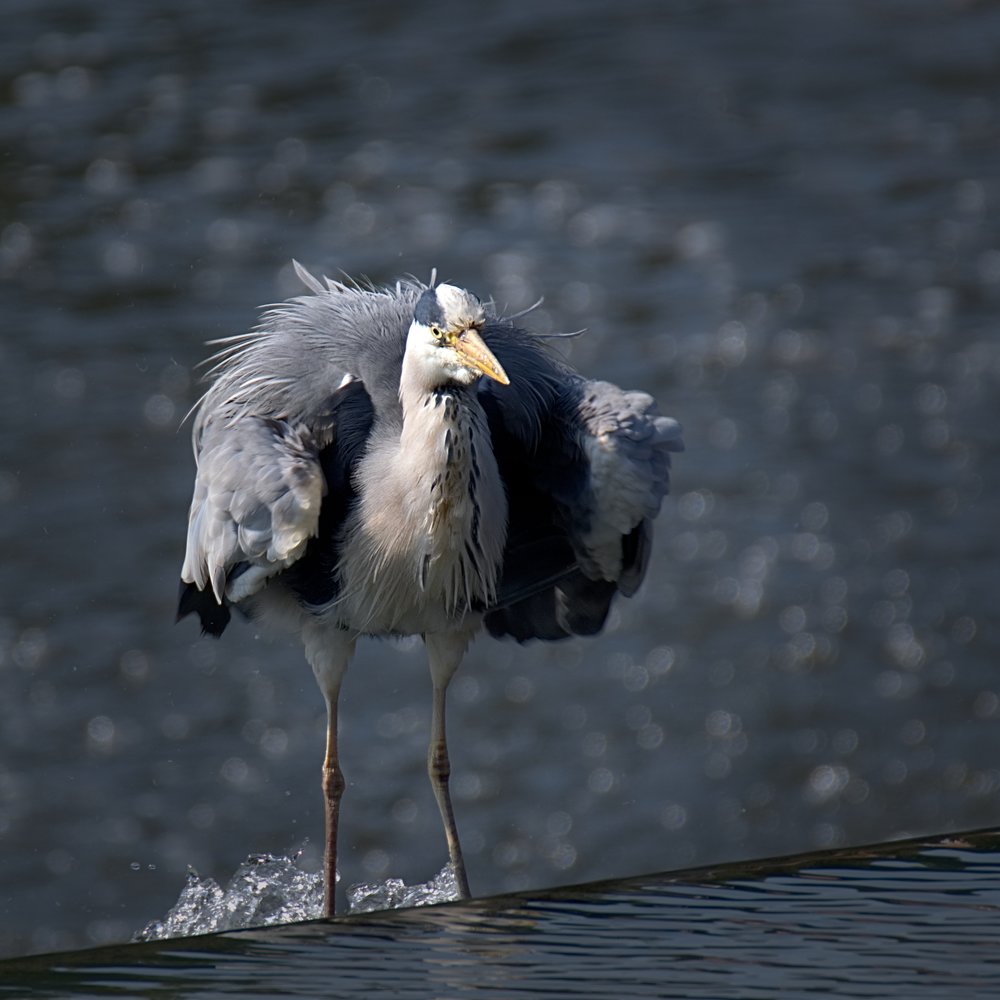
This comparison is not intended to be a full technical review of these two cameras. My aim is rather to highlight the important similarities and differences between the X-T2 and the X-T20 from the perspective of an active amateur photographer,.
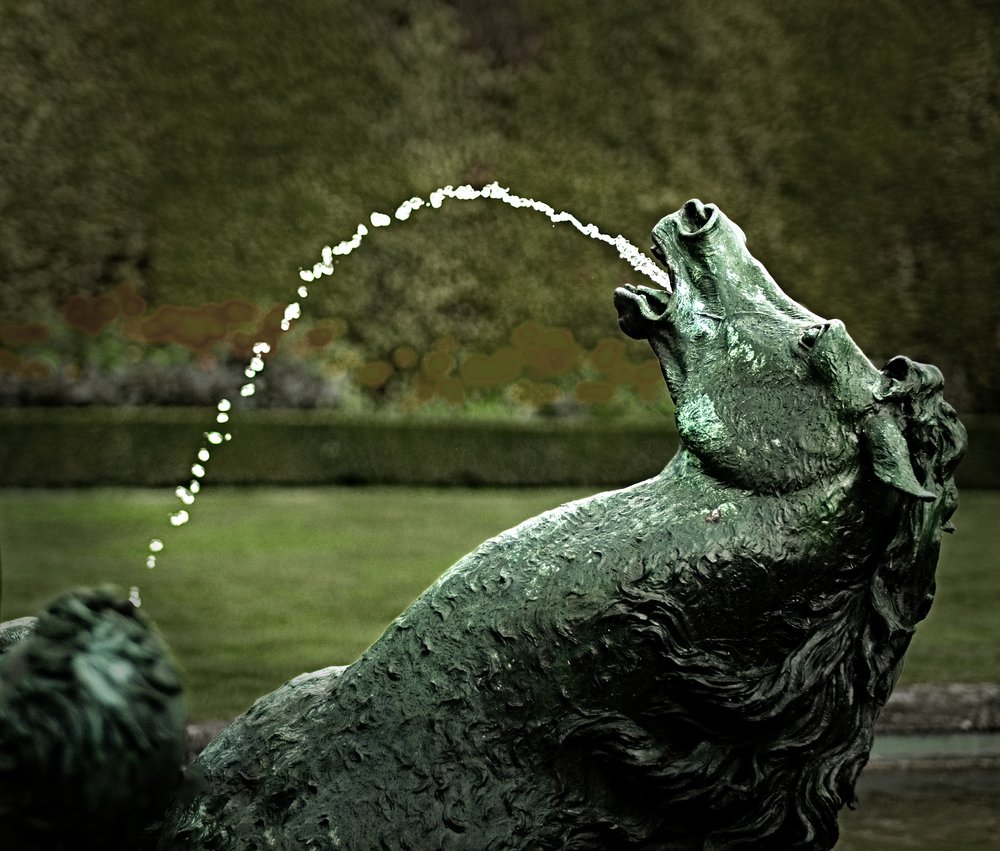
What’s on offer?
Price is a key factor. It is immediately clear that the X-T20 has many of the same features as the X-T2 and yet costs only 57% as much, comparing body cost alone, or only 48% if you were to add the battery grip to the X-T2. The X-T20 does not have an optional battery grip.(Cost comparisons are based on UK prices as of October 2017). Bearing in mind the X-T20 is significantly lighter than the X-T2, 383g versus 507g, yet can still mount the full range of excellent Fuji lenses, it seems the case for acquiring the X-T20 is a no-brainer. The thought must occur: Why not just buy the smaller camera instead of the X-T2 and save a shedload of cash? Isn’t that a slam dunk for the X-T20?
Before coming to any final conclusions, let’s just run through the good things which both cameras share in base form.
Both cameras have metal end plates and metal dials; both have the same 24MP APS-C X-Trans III CMOS sensor; both fit the whole range of X-mount lenses; both have excellent OLED viewfinders and 3” LCD rear monitors; both have the same autofocus systems and choice of grids; both have mechanical and electronic shutters: both have the same ISO sensitivity; both can achieve 8fps and 5fps continuous shooting with an impressive 14fps available using the electronic shutter; both can handle 4K movie recording up to 30fps, full HD up to 60fps; both offer all the renowned Fuji film modes for rendering jpegs and, finally, both offer WiFi, Panorama, Time-lapse, Bracketing and Multiple Exposure modes. Isn’t that a slam dunk for the X-T20?
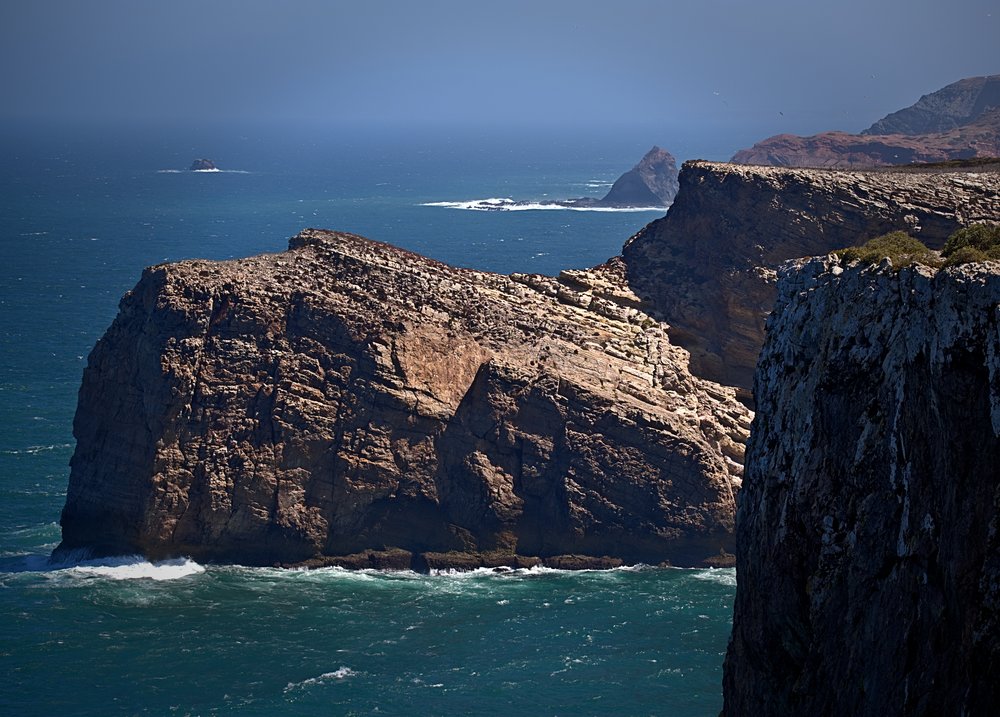
Unique features
Let’s go on to consider those features and capabilities which are not shared by the two cameras in base form. Perhaps these will help to evaluate the relative photographic potential of the two.
Both cameras are well made to high standards at their price points but consideration of build quality on its own must favour the X-T2 which has a full magnesium alloy skeleton, end plates and dials whereas the X-T20 is of mainly plastic construction except for the metal endplates and dials. The smaller camera is therefore lighter and does not have the same build integrity as the larger one. X-T2 owners can therefore justifiably expect their camera to be more suitable for heavy duty usage conditions than the X-T20.
The X-T2 is weather resistant, the X-T20 is not. Consequently, when the X-T2 is teamed with a WR, weather resistant, lens, it can be used in conditions which will scupper the X-T20. I have experience of the X-T2 with the 100-400 WR in steady rain and have had no problems. Torrential rain would be another thing since, of course, weather-resistance is not the same as weather-proofing. Nevertheless, the X-T2 is much more suited to the demands of landscape and wild-life photographers than the smaller camera, even though the X-T20 will afford the same image quality in finer weather
In the hand, there are some real differences between the two cameras. The X-T2 is moderately thicker, taller and longer than the X-T20 which means real benefits in terms of grip (a deeper front grip and a larger rear thumb rest) and also offers somewhat easier access to the controls. Those with small hands may not notice so much but those with broader hands and pudgy fingers (like myself) will appreciate the difference.
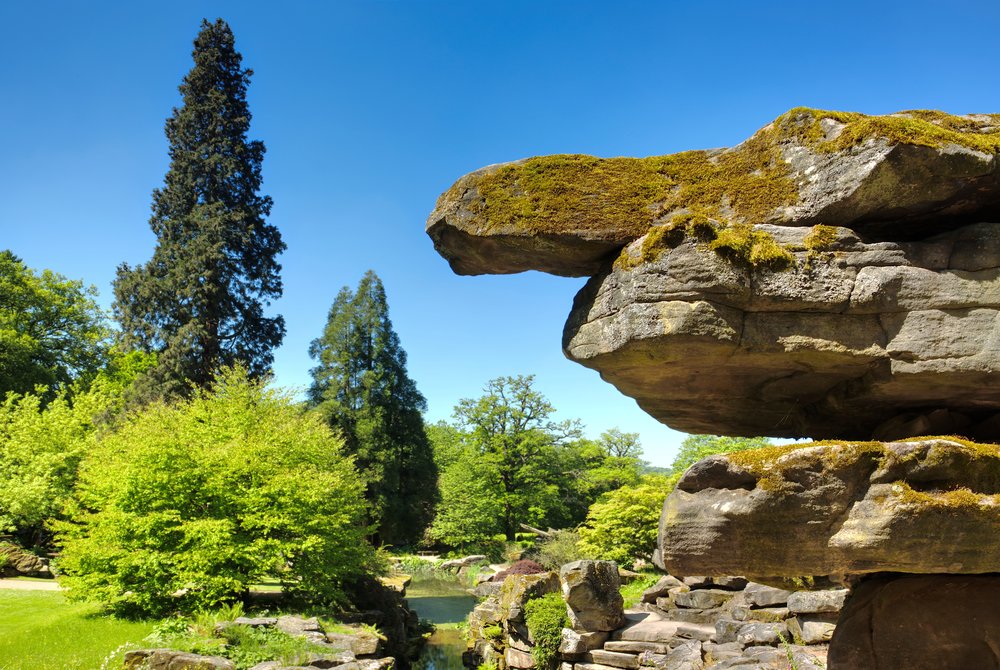
Slotting in
Another differentiator lies in the SD memory card compartments of the two cameras. The X-T20 has one UHS-1 slot which, in common with the X-T10, is inconveniently situated inside the bottom battery slot, even more painful when the camera is tripod mounted.
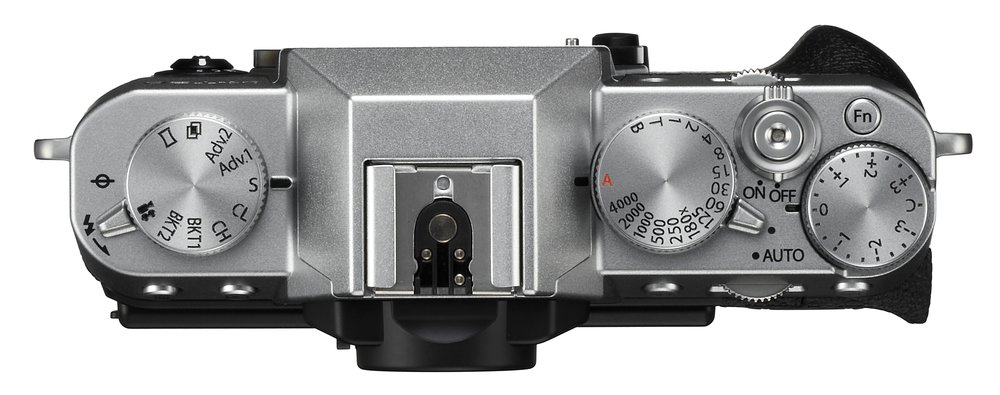
On the other hand, the X-T2 has a side-opening card compartment containing two UHS-II slots which offer major advantages in terms of total storage capacity, safety when you use one slot as back-up and convenience when you wish to separate types of file. For action photographers, UHS-II slots also facilitate high continuous rates of shooting, as long as suitably fast cards are installed. It is also relevant here that the X-T2 also has the benefit of a much larger buffer than the X-T20 which will be important to continuous shooting, action photographers.
What about the top-plate controls? Both cameras adhere to the Fuji philosophy of putting as much direct control of main exposure parameters (other than aperture of course) where it is accessible on the top plate. Both cameras have shutter speed and exposure-compensation dials grouped on the right with the shutter release. On the left, however, there is a big difference: The X-T2 has an ISO dial below which is a rotating collar for mode selection while the X-T20 has a mode dial in place of an ISO dial.
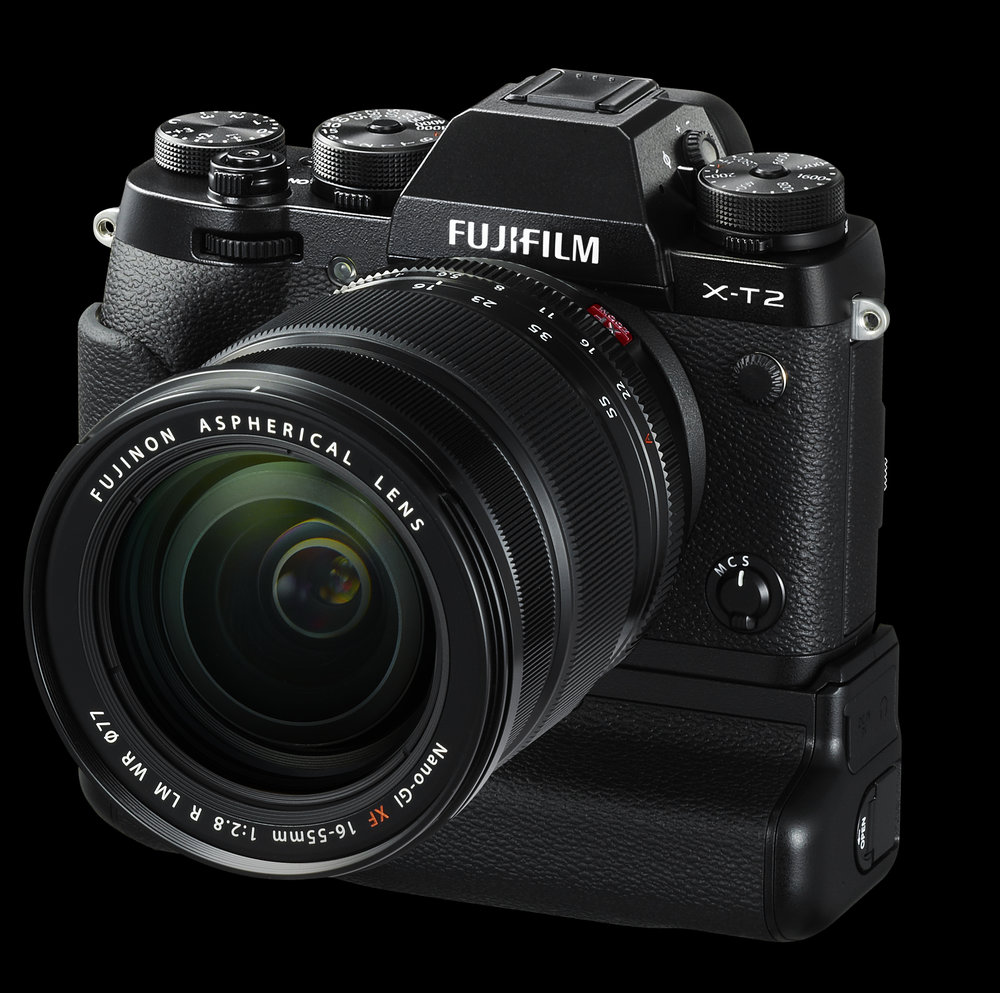
While my preference is for the dedicated ISO dial, it is in practice not a major deal since reasonably quick control of ISO on the X-T20 can be gained by using an appropriate function button or depressing the rear command dial. My preference is based more on the fact that I think ISO selection is a higher priority than mode selection but I understand that others may disagree.
On the X-T2, if the ISO dial setting in the menu is set to “command”, then the front command dial can be used to access the full range of ISO sensitivities including extended ISOs. This is not available on the X-T20.
Flash choice
Both cameras come with flash units but the one with the X-T2 is a separate device which can be fitted to the hot shoe whereas the X-T20 has a smaller and less-powerful integral flash. Flash users should note that the synchronised shutter speed for flash is a maximum of 1/250 on the X-T2 but 1/180 on the X-T20.
Both cameras have good EVFs. That in the X-T2 is larger, with better magnification and a faster refresh rate. This is attractive to me since I wear glasses but the smaller EVF on the X-T20 is perfectly adequate.
On the rear of each camera, the 3in LCD screens are both very good. However, whereas the X-20 screen is a simple tilt affair, that of the X-T2 is both tiltable and moveable on a third axis for portrait shooting. The X-T20 does have a touch-sensitive screen, a nod to its more consumer targeted market. There are three modes: 1) tap subject to focus and release shutter; 2) tap subject to select focus point in AF-S whereas in AF-C the camera will continually adjust focus; and 3) tap to select a focus point for focus or zoom.. This could well be an important feature for those who use the LCD monitor more than the viewfinder and is a feature the X-T2 cannot match.
Just to the right of the top of the LCD monitor on the X-T2 is the AF joystick, or focus lever. This is a small but mighty feature. Speedy and precise moving of the focus point is instantly available even with eye to the viewfinder, a real benefit for ensuring accurate focus. The joystick also makes light of menu scrolling and choosing. In contrast the X-T20 has no joystick and so you have two choices for focus point selection: Use the four way pad and thereby block four function buttons or use the touch screen which is no good if you prefer to use the EVF. No doubt about it, the X-T2 joystick is comprehensively better.
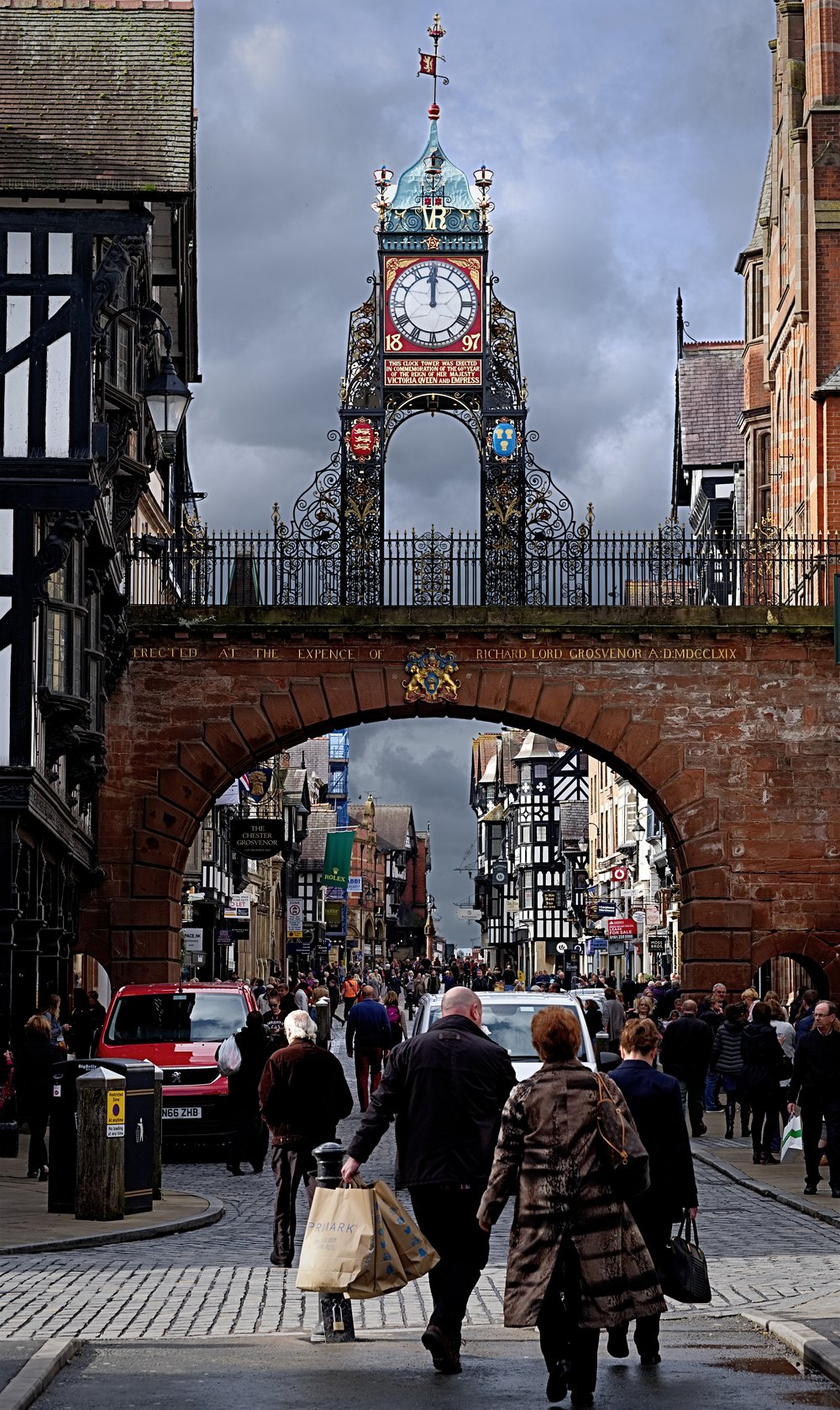
Focus options
Back button focusing is another important matter, within which a difference emerges between the two cameras. On both cameras you can of course decouple AF from the shutter release and assign it to a choice of function buttons, classically either the AE-L or AF-L buttons. In my case, using the AE-L button for this purpose is a non-starter since my (pudgy) thumb impedes my nose and face in front of the viewfinder. (I should explain I use my left eye to the viewfinder since I have lost some detail vision in the right eye.)
I would therefore normally use the AF-L button for back button focussing which would work for me on the XT-2 but is less than ideal on the smaller X-T20 where I find it uncomfortable to have my forefinger on the shutter release and thumb on the AF-L button. Others may disagree.
My ideal setup however is what I actually use on the X-T2 which is front button focusing. I use function button 2 on the front of the camera which falls delightfully in place for my third finger. I use my first finger on the shutter release and my thumb is ready for duty on the joystick or elsewhere as required.
If only the X-T20 had a similar function button in front as well. The general point is that those with broader hands need to try out an X-T20 before they buy to ensure it meets their own requirements.
Power games
Both cameras use the same batteries which, like all mirrorless camera batteries fall well short of DSLRs in terms of life. As long as you carry at least one fully charged spare battery, the 350-shot capability of the one in camera is adequate. However, when carrying the two cameras, I usually pack two spare batteries for each camera. Until battery technology improves, I can live with this situation in exchange for the wonders of wysiwyg viewfinders and screens. You might say that DSLRs have such good battery life because they are so sparing on the amount of and quality of information they provide for you.
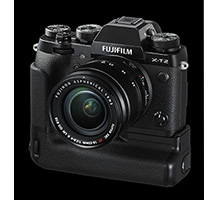
The battery grip for the X-T2 is for me an integral part of the camera and consequently is nearly always fitted. Although expensive, this accessory serves many functions, all of which are beneficial to my style of photography. First, the two additional batteries in the grip take total shot capability up to 1000 (and I still have an additional two spare batteries with me…). Second, the added power enables more capabilities in the X-T2, notably speeding the mechanical shutter from 8fps to 11fps in boost mode and also increasing camera performance generally, including refresh rate. Third, the grip makes handling the X-T2 so much easier, particularly when larger lenses such as the 100-400mm are fitted. Fourth, the grip much improves camera control in portrait mode and finally, the grip is a splendid twin-battery charger on camera when you return from a shoot. The X-T20 can of course also take the larger lenses but performance and handling are less good because of the smaller format and lack of a battery grip.
Both cameras have the same five preset AF-C custom settings: Standard multi-purpose, ignore obstacles, accelerating/decelerating subject, suddenly appearing subject and, finally, erratically moving subject. However only the X-T2 enables the user to create an additional custom setting for a particular purpose. In this, there is freedom to modify the three parameters which in varying proportions make up the five presets, namely:tracking sensitivity, speed tracking sensitivity and zone area switching, in order to store a customised sixth setting. I have so far only experience of the five presets but more advanced sports and action photographers may well appreciate the flexibility of the sixth option and this would be a reason to choose the X-T2.
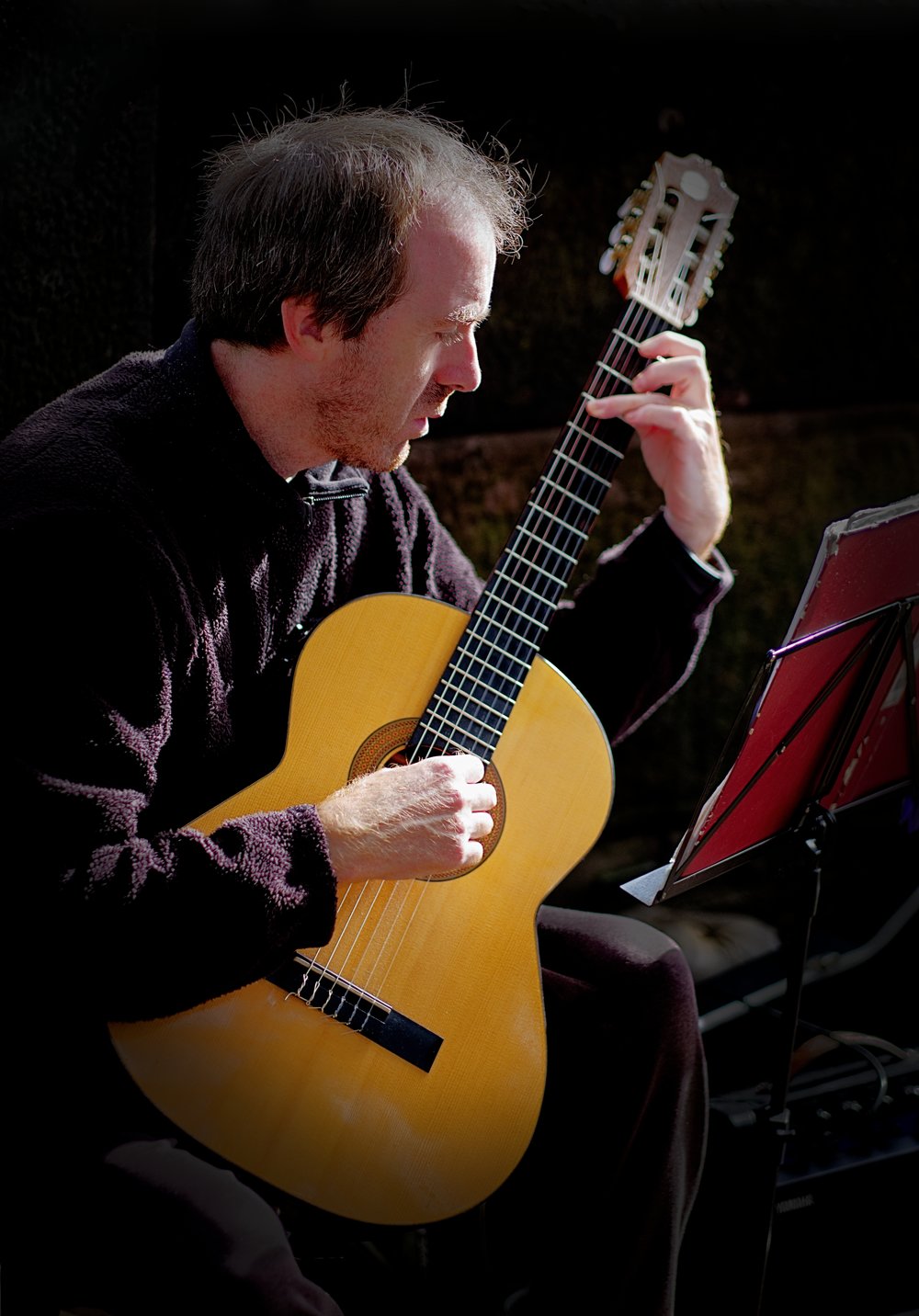
X-T2 box ticking
There are some more capabilities which the X-T2 offers which are unavailable on the X-T20. Chief amongst these for me are the enhanced bracketing options: in AE, ISO, Dynamic Range, White Balance, Film Simulations and Advanced Filter modes, in all of which RAW shooting is available. I find AE bracketing particularly useful despite the high dynamic range of the sensor. When confronted by extreme high-contrast situations, a bracketed exposure may be one good solution. I think of sunsets, dark interiors with sunlit windows and bright skies with dark foregrounds.
For some of these situations, I use a 0.6ND colour grad filter but this is only a partial solution. It is in any case much faster overall to change to bracket mode for that not-to-be-missed shot. The X-T20 is limited to only three shots at +/- 3 EV (and only jpegs) which is frankly inadequate for extreme situations. So I am happy as a sandboy with the X-T2’s up to nine shot and +/- 15 EV ability. I usually rely on nine shots over +/-6 EV which can usually save the day. For information, I use bracketed exposures for sensitive exposure blending, steering well away from any HDR excesses.
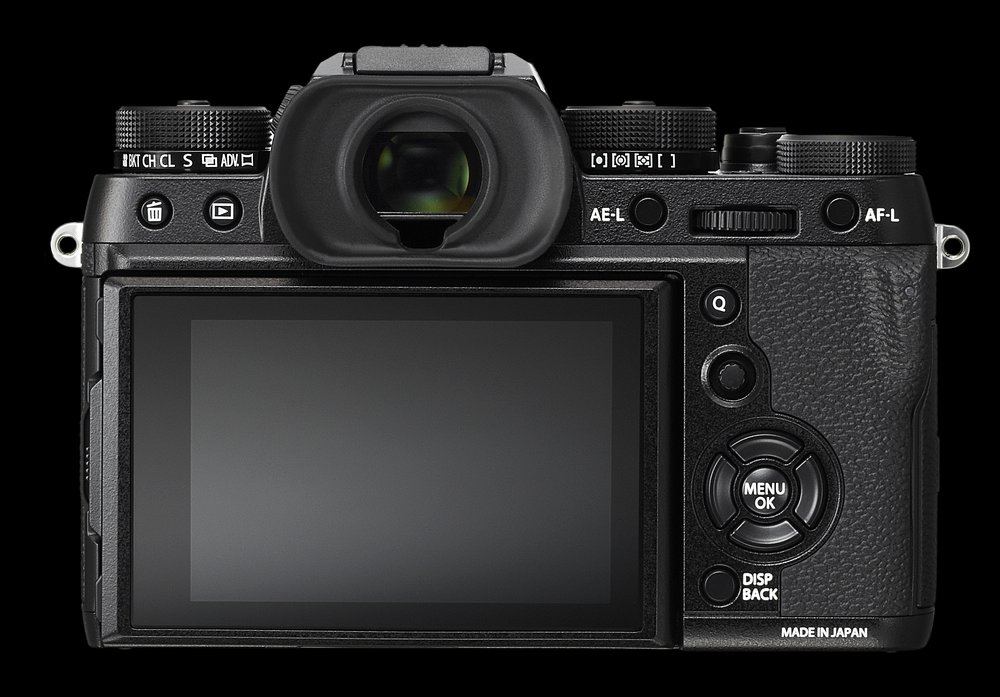
The mechanical shutter on the X-T2 is rated up to 1/8000 sec against 1/4000 sec for the X-T20. This could be critical in some situations for avoiding the rolling shutter effect which can affect images from the electronic shutter.
Another X-T2 exclusive is an additional Manual Focus assistance mode which offers a split screen with the magnified area in the right section.
The X-T2 also has the feature of being able to store AF mode by orientation. This offers the ability to choose whether the focus mode and focus area used when the camera is in portrait orientation are stored separately from those used when the camera is in landscape orientation. This feature is not available on the X-T20.
Although both cameras can offer 4K video capture, to which the full range of Fuji film simulations can be applied, only the X-T2 has Fuji’s F-log gamma profile available via HDMI. Also, compared to the X-T2, the X-T20 sub-samples which leads to some loss of quality and detail. This is however likely to be of concern only to the more serious videographer.
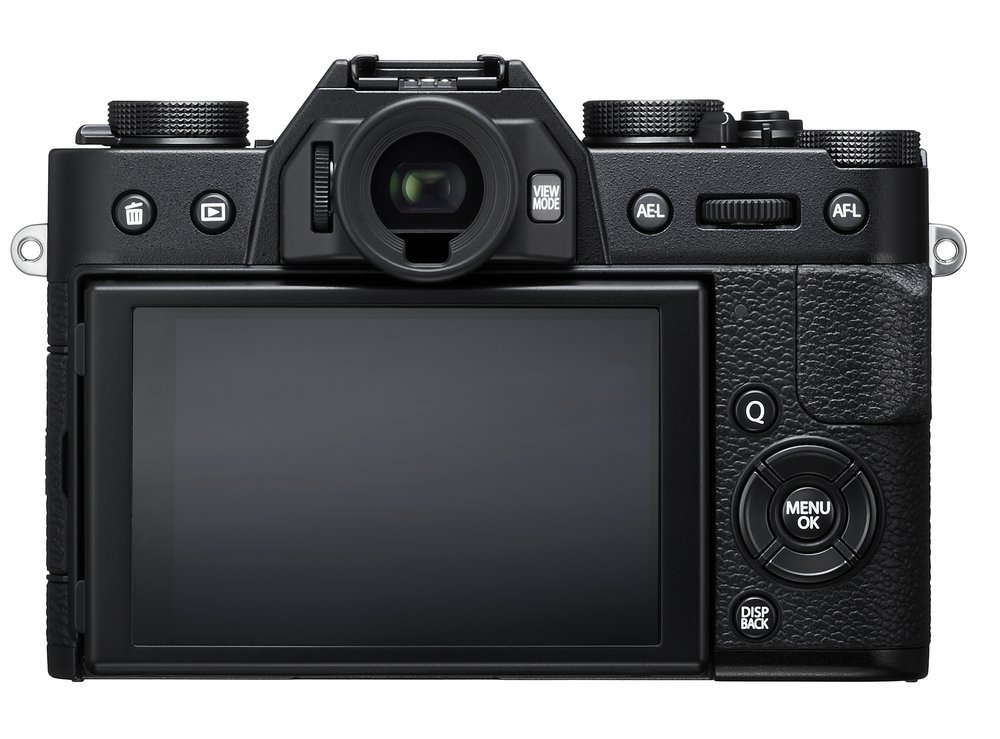
The X-T2 also has a voice memo function which allows recording a 30-second note on a picture taken. I have not used this feature up to now but I wish I had. On a recent trip to New York, taking hundreds of shots, I failed to use voice memos and when posting an article on Macfilos months later I captioned a shot from Battery Park as being from Central Park. Photography is all about learning!
End game
What does all this mean in the end?
The X-T20 is stupendous value for money and offers many but not all the features of the X-T2 for little more than half the price. The X-T20 is more compact, less heavy and has a touch screen. It also exclusively offers a dedicated Auto switch for occasions when it is desired the camera should make all the decisions. It has superb picture quality and is indeed the near-perfect additional, go-anywhere camera which I had set out to find. It is an excellent support to an X-T2 but however no full X-T2 replacement.
The X-T2 scores for the build quality and weather sealing, the larger viewfinder, the greater suitability as a platform for the large lenses, the better controls, the extended camera capabilities with the battery grip, the twin UHS II compatible card slots, the delightful joystick, the ability to front button focus, the comprehensive bracketing options, the higher synchronised speed for flash and, yes, I’m a late convert to the voice memo function!
It is worth noting, incidentally, that the X-T2 is made in Japan and the X-T20 in China.
I count myself as exceedingly fortunate to have both these excellent cameras which share so many great features. They are not however nearly interchangeable and it is misleading to suggest that they might be. Forced to choose, it’s the X-T2 that wins the crown for its more advanced overall capabilities. On a budget, the X-T20 is a little cracker and for all that it does offer, outstanding value for money.
Slam dunk for the X-T20 and two slam dunks for the X-T2!
- Specification of the Fujifilm X-T2
- Specification of the Fujifilm X-T20
- Images © David Bailey. Product shots courtesy of Fujifilm Europe
_______________


Im i late?
Great review and Great feeling to read this in doomscroll culture
An excellent little comparison, David.
Fuji does many things right with their X range. I mainly use m4/3 but i did have access to an X-pro1 for a while and loved it. Several times, I’ve been tempted to buy an Xpro2 with the 23/2 but have so far fought off the urge. Handling the cameras in a store, i found the Xt20 a little square and cramped for my taste. The Xt2 is much better in hand, but its the Xpro that naturally feels best in my hand and suits my left eye dominant style. Ergonomics can be a very individual (and important!) thing.
That said, financial responsibility (necessity!!) suggests i just stick with the GX8 , lol.
Brigham,
I love impressionist paintings so I’ll take this as a compliment! Actually, this was not an attempt howver drunken to emulate Monet.
I have just entered the Diamond Water image in a competition whose subject is water, hence my focus and settings to make the droplets look like diamonds. Using the Fuji 56mm F1.2 at F1.2 meant that all the background was rendered pleasantly out of focus. In order to further emphasis the water droplets , I also took much of the colour out of the irrelevant (for this competition) hedge and far too colourful (for this competition) flowers. I may have gone too far but I had worthy intentions.
Wayne,
Thanks your comments and general Fuji appreciation.
I work most images for prints or competitions up from RAW using Affinity Photo and Iridient Developer. However as far as settings for Fuji film jpegs go I tend to do little except Shadow tone set to +1 or +2 and highlight tone set to -1 or -2. I particularly like Acros with the red filter for outside work. I do not tend to apply noise reduction or sharpening in camera since I am used to doing this only when necessary in post processing.
Your Diamond Water image – what is wrong with the background. Looks like an impressionist painting done while drunk.
Thank you for a comprehensive comparison of these two bodies from a users perspective. They certainly do provide excellent quality images – I particularly like the light in diamond water and guitar man. Your article tempts me to upgrade my Fuji gear, but I’m probably going to wait for a t20 replacement which might have the rumoured upcoming in-body image stabilization for the Fuji X system cameras. Just for interest sake, what Fuji film settings do you use in your cameras? Again, well done.
William,
I abandoned Adobe in principle when they introduced their subscription model. Soon after, I discovered Affinity Photo and Iridient Developer and then left Adobe for ever. Why don’t you leave them too? (After four months Affinity Photo is free against approx £10/month for Adobe photograpic package)
I understand that currently Affinity are developing an ability to transfer develop settings across many images not just single image processing. There is also expectation that Serif will add asset management to their product. They are really customer focussed in a way that Adobe have never been. Suggest you experiment?
Agree your Fuji comments.
David
Thanks David. While I am primarily a Leica shooter, I use the Fujifilm range (X-Pro 2 for form factor and an X-T 1 for back up) for its versatility rather than the large Leica SL (and even larger lenses). The layout of the Fujifilm cameras is superb (without equal I would say) and I hope that Leica take note when introducing the EVF model which is predicted soon. I have used many makes of camera over the years and the handling of Fujifilm cameras is right up there with the very best. The only slight issue with Fujifilm is that Adobe products and the RAF images are not exactly fully compatible even yet, but there has been a definite improvement over the past two years or so and I believe that will continue into the future. Fujifilm has taken a lot of customers from Canon and Nikon (certainly where I live) and Adobe cannot afford to ignore a growing market segment. The big software plus for Fujifilm is the availability in Lightroom of Fujifilm film profiles for all of those photographers who have loved that Fuji look over the years. Fuji is very secure in its market position as cameras only constitute a very small proportion of Fuji’s output and its position in what is a difficult market for some companies is quite secure. Sony, Panasonic and Canon are in a similar position, but Nikon is more exposed.
William
Hi Wiliam,
have a look on Capture One, it is the kingmaker of Fuji x-trans.